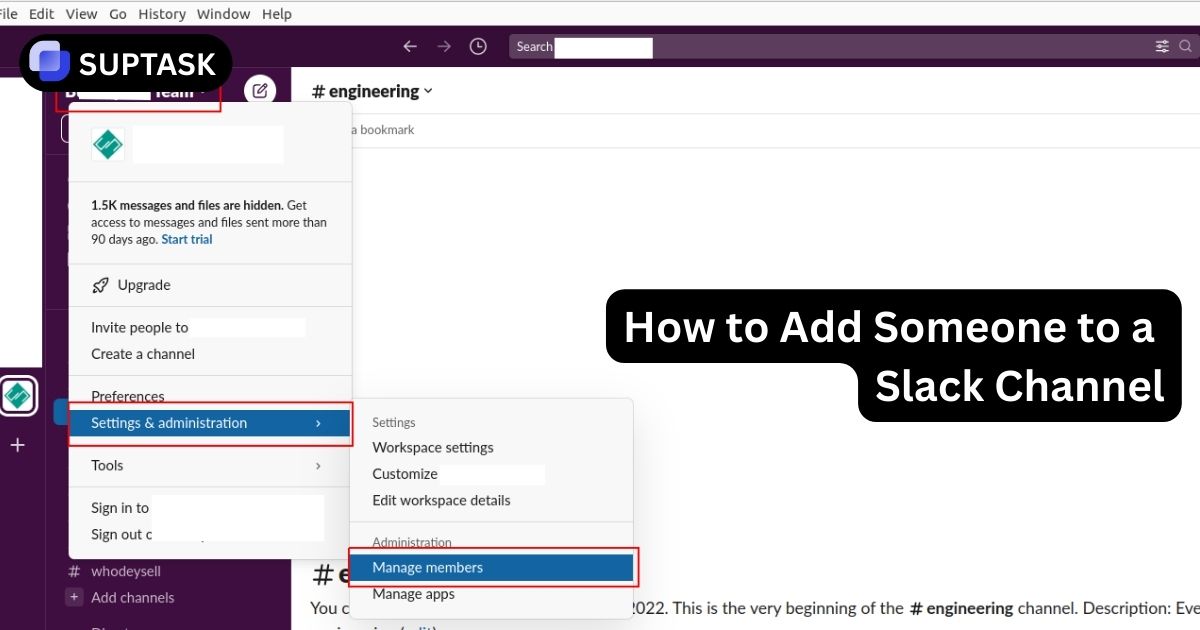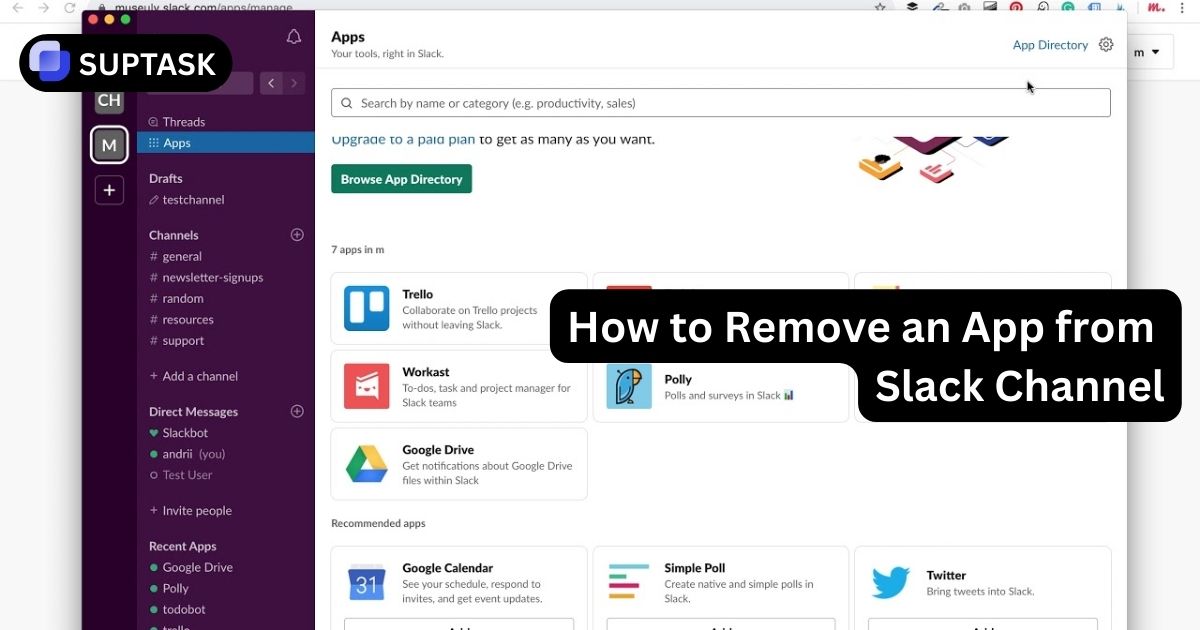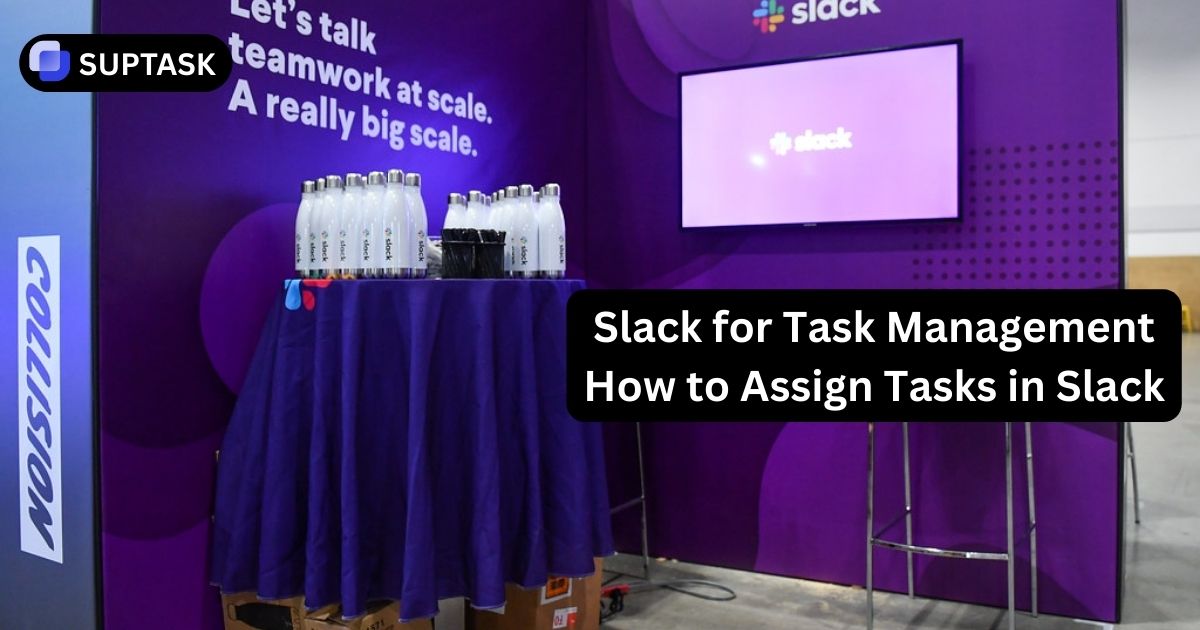The stakes can be high when making choices. A fitting decision model can turn doubt into a plan.
Look into different models and learn how to smartly use them for your needs.
Key Points
- Decision models have different ways to solve problems. The Rational Model gives a structured process for complex decisions. The Intuitive and Recognition Primed Models work well when you need to decide quickly and use past know-how.
- Suptask is a decision tool that works with Slack. It features ticket tracking and data analysis to help teams collaborate and make data-driven decisions when working online. Updates are coming to make it even better.
- Being aware of thinking errors, like anchoring and availability bias, is key to avoid bad judgments. Using the right model for the situation, like bounded rationality for rushed decisions or RAPID for methodical needs, can improve decision outcomes.
Navigating the Landscape of Decision Models
.webp)
Decision models act as guides in the sea of info and choices we face. They offer distinct ways to tackle challenges, from the methodical study of the Rational Model to using gut feelings informed by past experiences.
Picking the most fitting model tailored to a situation is key to reaching optimal decisions. This choice helps avoid data jams and guides the decision process toward effective outcomes.
Consider yourself at the helm of a company’s vessel. Which instrument would you trust to guide you through the turbulent waves inherent in decision-making?
Discerning which compass aligns with your needs requires an appreciation for each model’s attributes. Below are five key decision-making models available for contemplation.
The Rational Model
Considered the gold standard of decision-making models, the Rational Model offers a systematic process to maximize outcome quality through rigorous analysis.
This model serves as a roadmap, guiding you through eight essential steps.
- Clarifying goals
- Evaluating decision criteria
- Seeking alternatives
- Analyzing alternatives
- Comparing alternatives
- Selecting the best alternative
- Implementing the decision
- Evaluating the decision
By following these steps and considering possible alternatives, you can develop your decision-making skills and become a more informed and practical decision-maker, ultimately leading to a well-considered final decision.
However, this model is not one-size-fits-all. It’s best suited for complex, high-stakes decisions involving multiple stakeholders and emotions and where there is ample time for research and analysis.
Thus, the rational model could be ideal if your situation presents clear options and you have detailed knowledge of each.
However, remember that this model, much like a roadmap, isn’t constructive when time is of the essence or when vital information is missing.
Clear Insights
The Intelligent Decision Making Model is great when time is short or details are missing. It says to trust your feelings and past events, just like a sailor at sea trusts instincts.
This model works best if you have experience in that area, allowing you to make quick choices when under pressure.
However, relying on instincts alone can be tough in new roles, just like a sailor in unknown waters. Once mastered, this model lets you make fast choices by seeing patterns from your expertise and history.
Fresh Decision Making
Making choices creatively means building a new box, not just thinking outside the old one. The Creative Decision Making Model encourages ideas to brew, like a growing brainstorm.
This model pushes you to find new options, not just the obvious ones. It sparks unique thoughts and possibilities. Brain sparks can happen through:
- Team idea sharing
- Individual deep thought
- Adding fun ideas
- Thinking outside the box
- Making new ideas
- Challenging normal ways
Recognition Primed Model
For workers in high-pressure jobs like firefighters or stock traders, every second matters. Enter the Recognition Primed Model.
This model works like a skilled firefighter who knows how to fight a big fire. They use expertise and experience to identify quick actions when time is short.
The model has three parts:
- Quick 'If... then...' response to new situations and known actions
- Knowing the situation but finding the right action through mental planning
- Using experience to make faster decisions than new people because experts can quickly recognize a situation and know good responses.
So, if you need to make a quick judgment, the Recognition Primed Model could help.
Vroom-Yetton's Decision Tree
For group decision-making, like with managers, the Vroom-Yetton Decision Tree is a useful model. It's like a GPS that leads decision makers through yes-or-no questions to one of five decision-making styles.
Before using this process, it's important to think about a few key things:
- How well choices are made
- Team commitment levels
- Time pressures
- Key situational traits
- The team members
The final choice based on following the model's path can vary widely—from bossy to advisory or shared styles —straight based on different situations.
This ensures that the manager's choices match how much employees are involved in those choices.
Decision Making in the Digital Workplace with Suptask
.webp)
Making choices in today's digital work world has moved beyond traditional places like meeting rooms.
Tools like Suptask, which works with Slack, make managing tickets, teamwork through better collaboration, and using data to guide choices easier.
See how Suptask can help you make digital choices.
Simple Ticket Management
In your Slack workspace, Suptask has a ticketing system that works like an online helpdesk. Tickets can be raised from anywhere - channels, direct messages, or outside emails - letting you quickly record key details.
In Slack, users can respond to and handle tickets efficiently, keeping ticket receipt and communication organized. With private ticket features, users can safely share sensitive info with trusted colleagues. This keeps privacy across the company.
Building Better Teamwork
Suptask helps teams work together better than just managing tasks. It allows easy talking and getting info by letting people write private or public notes, and custom forms for tickets.
It's a place where every ticket gets passed to the right people, letting team members work as one to solve issues.
The stats and key numbers on Suptask's dashboards help teams make smart choices based on real data. This lets teams check how they're doing and improve their work. It's like a live scoreboard showing your team's progress.
Coming Up: Cool New Features
Suptask never stops making things better and finding new ways to help teams decide what to do next. New stuff coming includes an Approval feature that lets people ask for approvals right in Slack, managing support tickets.
There are also plans to let people make private tickets through Slack direct messages, which will really help private teams like IT, HR, and Finance.
Here are some upgrades coming to Suptask:
- Letting teams pick more than one admin to share duties
- Being able to add Followers to tasks
- Using interactive Service Level Agreements to work better
All these upgrades aim to help teams make better choices, support each other more, work together better, and get more done using Suptask.
FAQ
What are the five decision-making models?
There are five key ways to make choices. The rational way uses logic. The bounded way knows our thinking is limited.
The Vroom-Yetton way has a tree to look at things step-by-step. The intuitive way uses gut feelings. The recognition-primed way sees problems and reacts quickly.
What is a good decision-making model?
Good models are the recognition-primed and rational ones. The recognition way uses patterns you've seen before.
The rational way looks at choices carefully to find the best one. Both help you make better choices.
Their purpose is to improve how you make decisions.
What are the 5 steps of the decision-making model?
There are five main steps: 1) Know your goal. 2) Gather info about choices. 3) Think about what could happen. 4) Pick one choice. 5) See if your choice was good or bad.
What are the 4 decision models?
There are four main ways people make choices. The first is rational, which means carefully considering things and picking the best option. The second is bounded rationality, which means trying to be rational but have limits, like not enough information or time.
The third is intuitive, which means following your gut feeling instead of logic. The fourth is creative, which means devising new, unique solutions.
What is a decision-making model?
A decision-making model guides you step-by-step through solving a problem. It's a tool to help you make better, faster choices.
It breaks things down and shows you what to focus on. The model fits the situation and problem you're dealing with.













